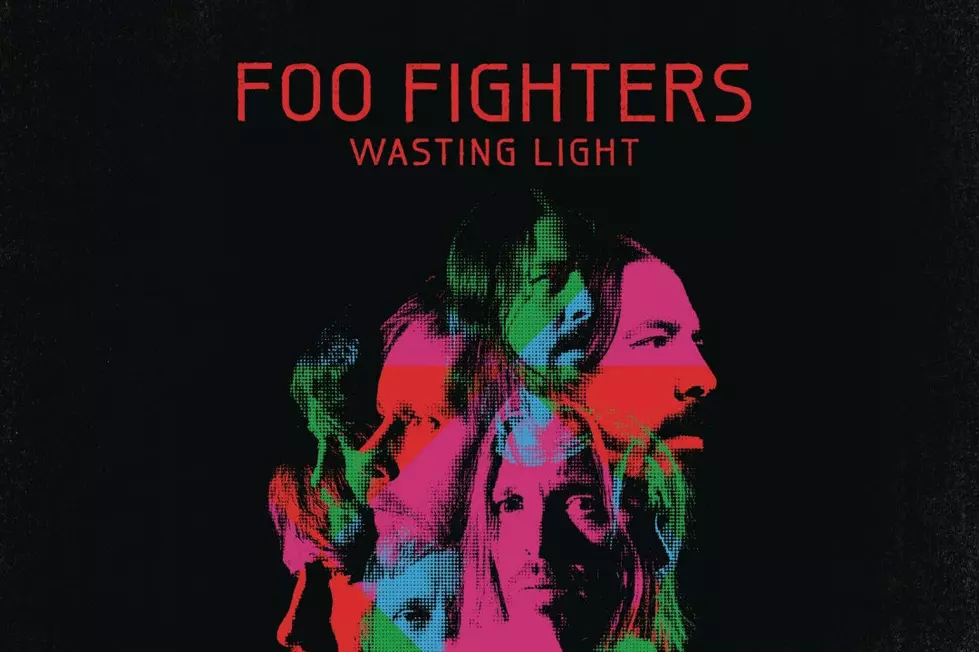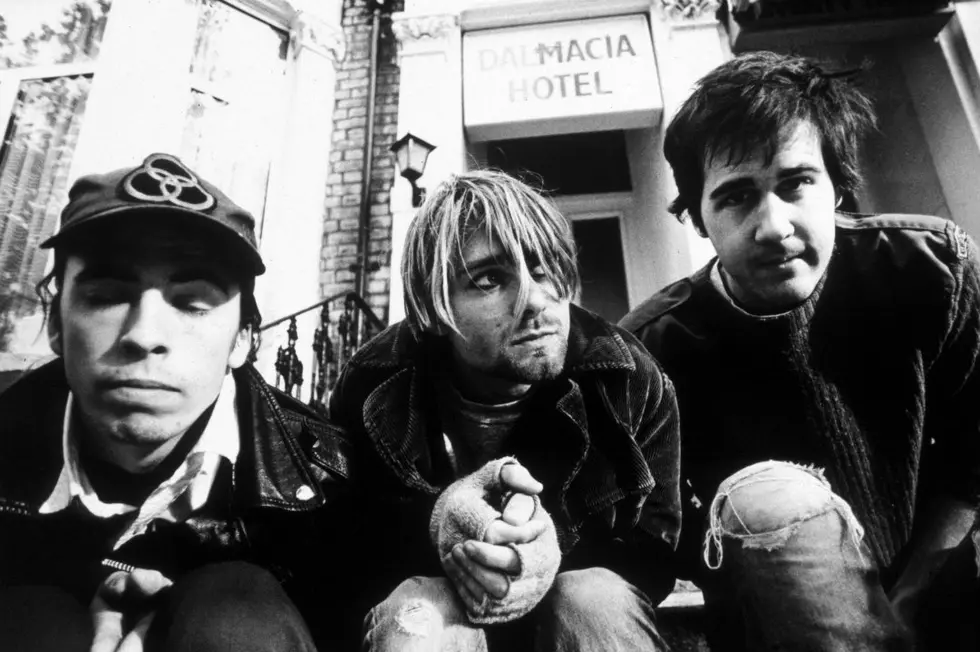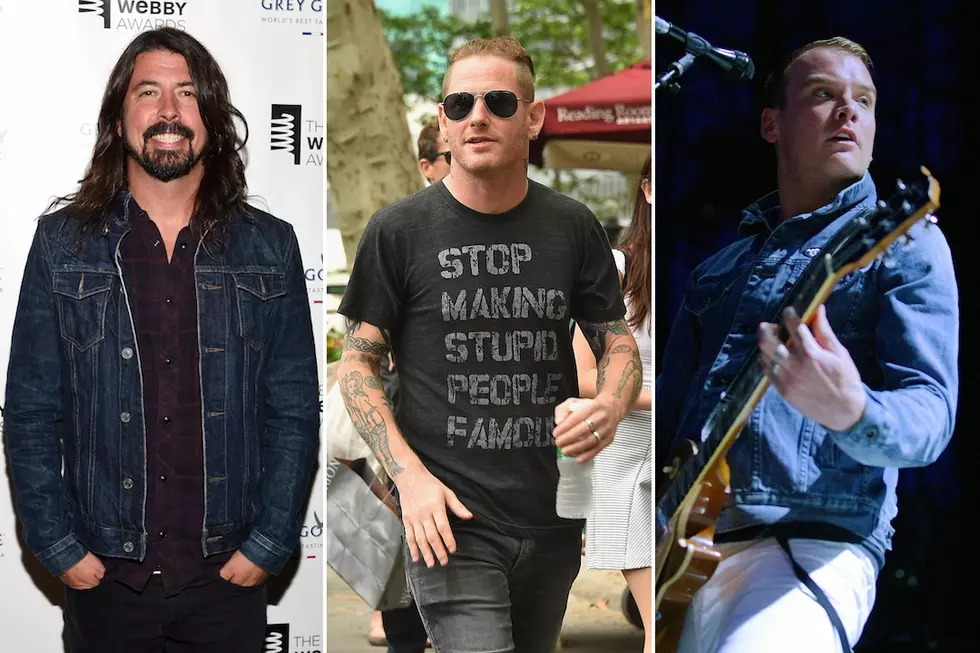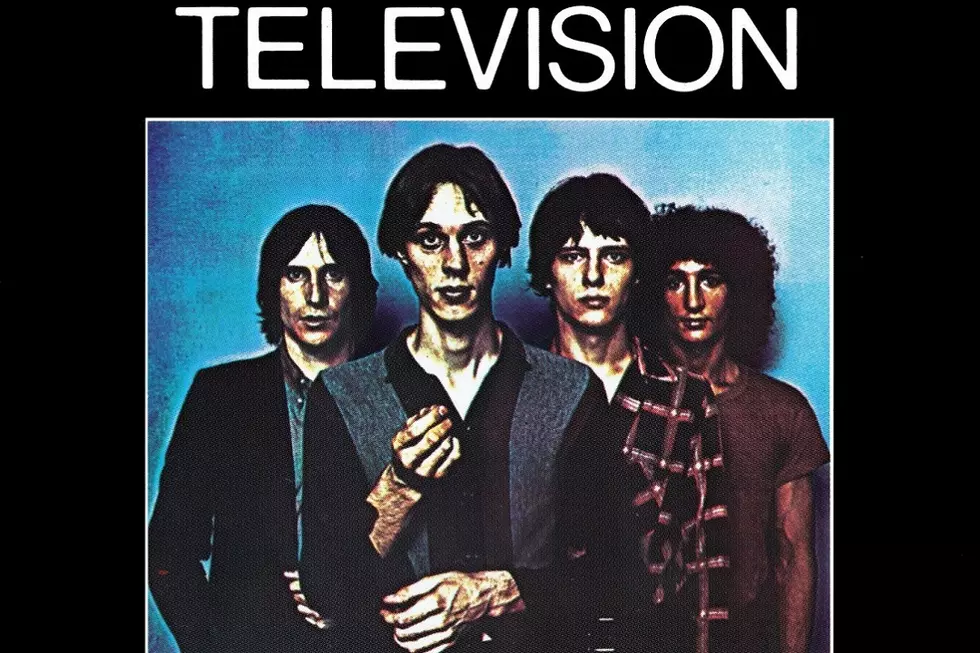
35 Years Ago: Germs Frontman Darby Crash Dies of an Intentional Overdose
I got water and a spoon. He wrote a note, which he didn't show me, but which I think said, 'My life, my leather, my love goes to Bosco.' He hit me up first and said, 'Are you okay?' and I said, 'Um, yeah.' He put his hand at the small of my back and he said, 'Just hold it, just stay there, just wait for me, okay? Just wait for me.' He held me up for a second, then he hit a vein and laid himself against the wall and pulled me to him. It was almost like he forgot what we were doing, and he goes, 'Wait a minute.' And then he kissed me and said, 'Well, 'bye.'
Casey "Cola" Hopkins was the last person to see Germs' front man Darby Crash alive. That she lived to tell Ella Black the tale two years later is either a miracle or a last minute act of friendship, depending on who is telling the story. Casey Cola and Darby Crash had a suicide pact, and on the evening of December 7, 1980, they decided that the time was right to make it happen. Darby took the money from a reunion show the band played just four nights earlier and went out to buy enough heroin to do the job.
The Germs' legend looms large over the punk landscape. Belinda Carlisle spent a little time on drums before cleaning up and fronting the Go-Go's. So did X's drummer, DJ Bonebrake. Co-founder Pat Smear went on to play guitar with both Nirvana and Foo Fighters, and then there are the numerous artists who cite the Germs as an influence. In short, the Germs weren't just a band – they are one of the true roots of indie.
In the eye of the hurricane stood Jan Paul Beahm, aka Bobby Pyn, immortalized in punk history as Darby Crash. During his brief career, the singer managed only one EP (1978's Lexicon Devil) and one album (1979's Joan Jett-produced GI). The Germs also released one single – 1977's "Forming" – which is often considered the template for the southern California hardcore sound.
But most music fans know Crash (if they know him at all) from Penelope Spheeris' 1981 punk film The Decline of Western Civilization wherein we see a drunken Crash slurring his way through a set, shirtless and covered in black magic marker. Later in the same film, we see the singer at home with his girlfriend, cooking eggs and talking about the dead guy they found in the back yard. It's a startling, realistic peek behind the scenes of a punk rock legend. There's only one problem: Both scenes were staged, sort of.
Germs shows were so notorious for their unruly crowds – both in terms of violence and gate crashing – that by the time Spheeris was shooting her documentary in '79, they had been banned from every club in Los Angeles. The filmmaker had to rent a sound stage in order to shoot the band. So in that sense, their most famous moment was staged. The performance is real, though, and so is the crowd's response.
The domestic parts; well, that's another story. Unknown to most in L.A.'s somewhat homophobic punk scene of the late '70s, Darby Crash was bisexual. Fear were known for baiting their audience with homophobic slurs, for example, as can be seen in their scenes in Decline. At the time that Spheeris shot Crash's home scene, "home" wasn't shared with a girlfriend but rather the colorfully named Tony the Hustler. Back in 2001, Brendan Mullen wrote in an L.A. Weekly article that the singer "didn't want to be seen with anyone looking so unambiguously homo. It was Tony who suggested calling in one of Darby's old Uni High female chums, Michelle Baer, to front as his current roommate; hence the film's cozy domestic egg-frying display in the kitchen of Tony's apartment, complete with live tarantula."
Whether the singer's sexuality contributed to his depression and substance abuse is a matter of conjecture, but one thing we know for certain is this: Darby Crash drank a lot, did a lot of drugs and talked about killing himself a lot. He told an interviewer in 1979, "I'm not going to save up for my old age because I'm not going to have an old age. If we run out of money, I can always kill myself." Some allege that he saw death as a path to career immortality. Germs manager Nicole Panter recalled the singer saying, 'I'm going to kill myself before I get old. I'm gonna do it at a time when it takes everybody by surprise, and I want a statue erected of me for people to go to."
Whether it was depression, nihilism, substance abuse or sexuality, Pat Smear said Crash told him: "'The only reason I’m doing this is get money to get enough heroin to kill myself with.' He’d said that so many times that I just said, 'Oh, right'... and didn’t think about it anymore."
That's exactly what Crash did, though, blowing $400 on smack to shoot both Casey Cola and himself up. Casey thought it was a suicide pact, but she woke up later with Darby's lifeless body wrapped around her. He was only 22 years old.
This is the part of the story where the messed-up rock star levitates into that musical Valhalla that starts with bluesman Robert Johnson and ends (at the time of this article's writing) with Scott Weiland. All it took was a spike to the vein like Sid Vicious before him, and Darby Crash would be a legend.
But it didn't work out that way. The following day, December 8, 1980, Mark David Chapman shot and killed John Lennon, bumping Crash to a back page mention (if at all) in the nation's newspapers.
Time has been good to the legends of both Darby Crash and the Germs. Books, tribute albums, and posthumous releases have kept the band in the public eye for over three decades, and a 2008 biopic What We Do Is Secret, even led to an ongoing band reunion. It's not the statue that Darby hoped for, but not a bad legacy for a three year-long career.
Who Is the Last True Rock Star?
More From Diffuser.fm









